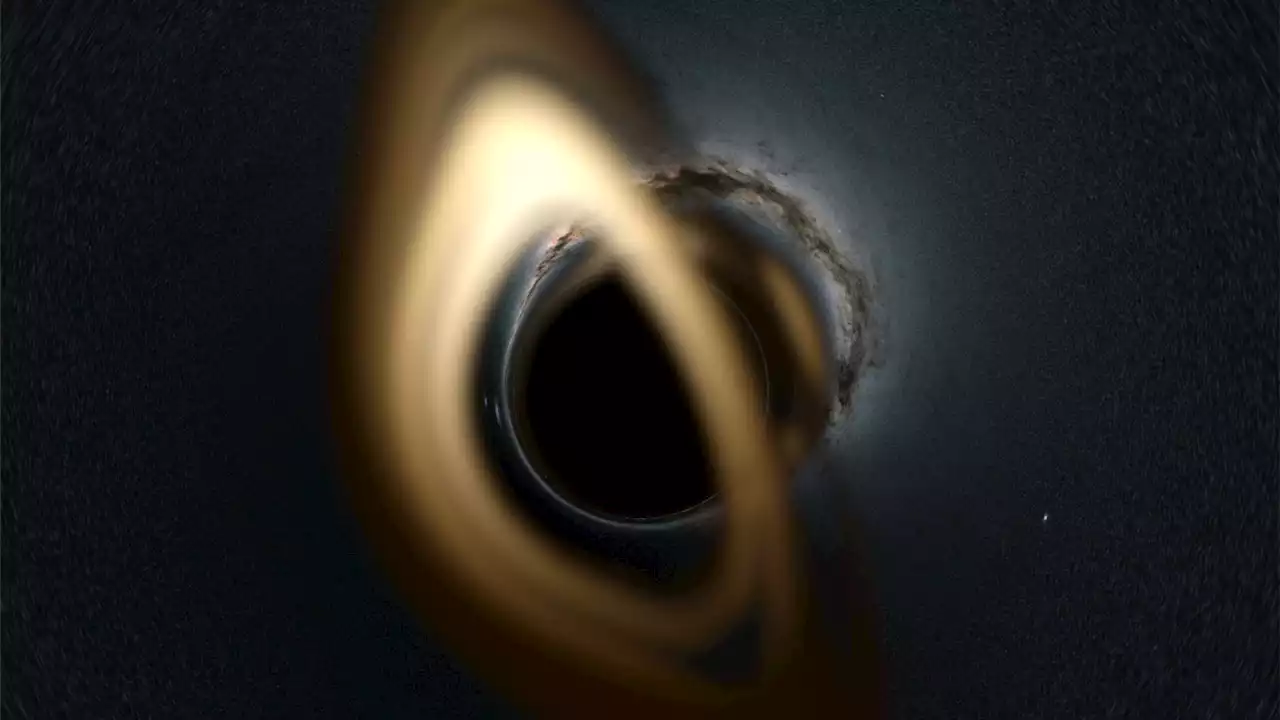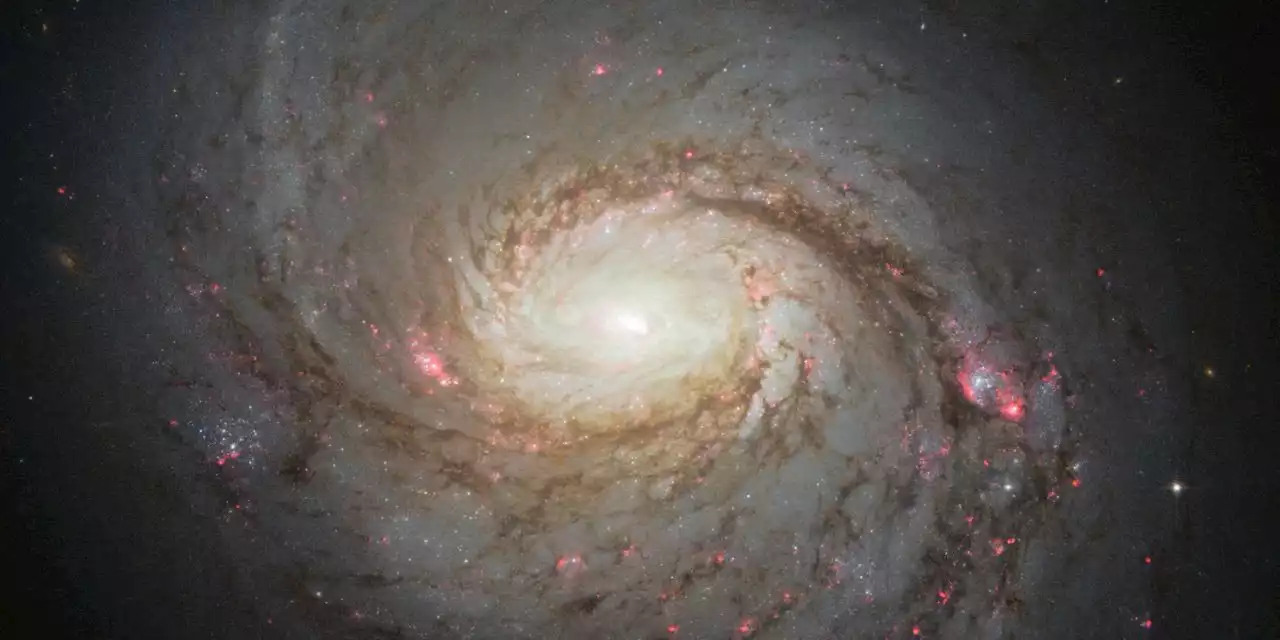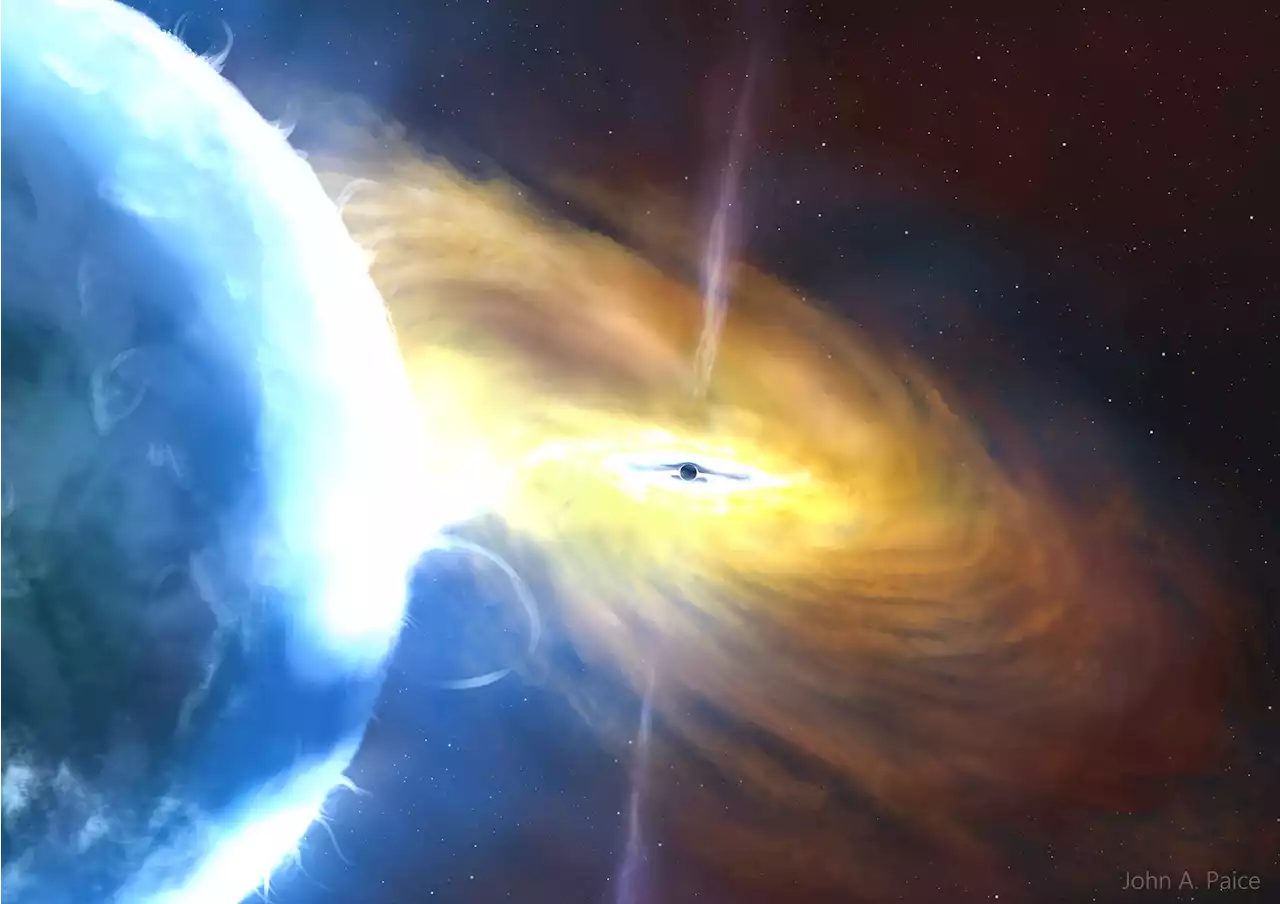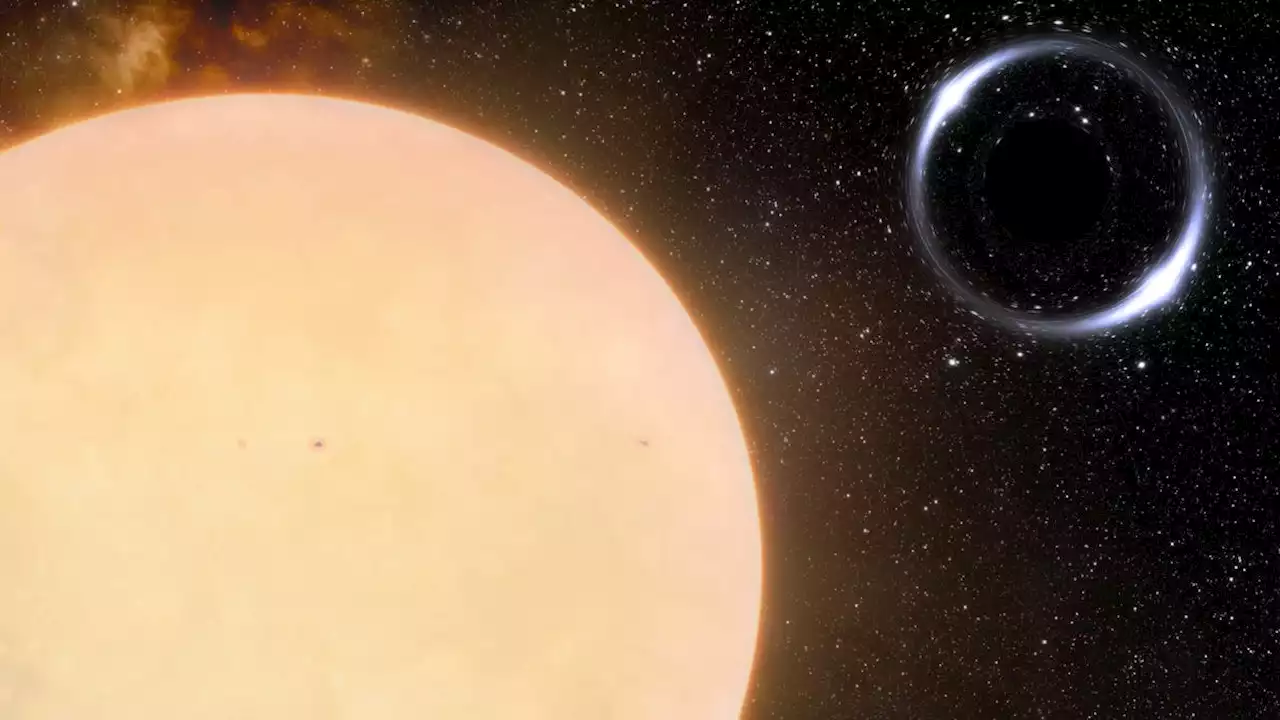The dense, dormant object is hiding in plain sight.
thanks to the warm glow of matter that allows you to see where the black hole lurks.n’t accreting matter, superheating it,ble except for its gravitational effects on the star.“Our Gemini follow-up observations confirmed beyond reasonable doubt that the binary contains a normal star and at least one dormant black hole,” El-Badry said. “We could find no plausible astrophysical scenario that can explain the observed orbit of the system that doesn’t involve at least one black hole.
But current models of binary systems involving a black hole and a star don’t explain Gaia BH1’s system. According to, the star that gave way to the black hole in the system would be massive, and it should have engulfed the other star in the system before the black hole formed.will in time help astrophysicists refine their models of how these systems take shape and evolve.
United States Latest News, United States Headlines
Similar News:You can also read news stories similar to this one that we have collected from other news sources.
 Astronomers have found the closest known black hole to EarthDiscovered by how it pushes around a companion star, the black hole is about 1,500 light-years away and roughly 10 times the mass of the sun.
Astronomers have found the closest known black hole to EarthDiscovered by how it pushes around a companion star, the black hole is about 1,500 light-years away and roughly 10 times the mass of the sun.
Read more »
 Ghostly Neutrino Particles Provide a Peek at Heart of Nearby GalaxyNeutrinos can pass through matter without interacting with it—offering scientists a new way to study previously hidden celestial objects such as black holes
Ghostly Neutrino Particles Provide a Peek at Heart of Nearby GalaxyNeutrinos can pass through matter without interacting with it—offering scientists a new way to study previously hidden celestial objects such as black holes
Read more »
 Polarized X-rays reveal shape, orientation of extremely hot matter around black holeResearchers' recent observations of a stellar-mass black hole called Cygnus X-1 reveal new details about the configuration of extremely hot matter in the region immediately surrounding the black hole.
Polarized X-rays reveal shape, orientation of extremely hot matter around black holeResearchers' recent observations of a stellar-mass black hole called Cygnus X-1 reveal new details about the configuration of extremely hot matter in the region immediately surrounding the black hole.
Read more »
 Scientists observe hot plasma surrounding black holes to better understand the cosmic giantsObservations of the matter surrounding black holes shed new light on their inner workings. Find out more at 🚀
Scientists observe hot plasma surrounding black holes to better understand the cosmic giantsObservations of the matter surrounding black holes shed new light on their inner workings. Find out more at 🚀
Read more »
 Record breaker! Newfound black hole is closest known to EarthGaia BH1 is just 1,560 light-years from our planet.
Record breaker! Newfound black hole is closest known to EarthGaia BH1 is just 1,560 light-years from our planet.
Read more »
